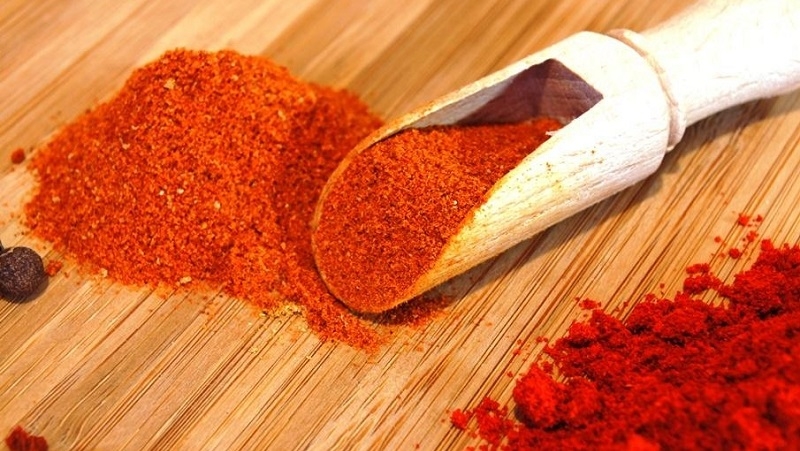- No. 268 Xianghe Street, Economic Development Zone of Xingtai city, Hebei 054001 China
- Byron@hbhongri.cn
Exploring the Culinary Uses and Health Benefits of Capsicum Annuum Paprika
Exploring the Versatile Capsicum annuum The Paprika Pepper
Capsicum annuum, commonly known as paprika, is not just a vibrant addition to culinary dishes but also a plant with a rich history and numerous health benefits. This member of the nightshade family, which includes tomatoes and eggplants, is primarily cultivated for its flavorful fruit, which comes in various colors, primarily red, yellow, and orange. Paprika’s unique taste and color have earned it a significant place in kitchens around the world, particularly in Hungarian and Spanish cuisines.
Historical Significance and Cultivation
Paprika has a fascinating history that traces back to Central and South America, where it was first cultivated by indigenous peoples. The spice made its way to Europe in the 16th century after the Spanish conquistadors returned from their explorations. Initially used for ornamental purposes, paprika soon gained popularity as a seasoning, especially in Hungary, where it became an essential ingredient in traditional dishes like goulash and pörkölt.
The cultivation of Capsicum annuum requires a warm climate, which is why it thrives in regions such as Spain, Hungary, and California. Paprika plants prefer well-drained soil rich in organic matter. They grow tall, yielding numerous peppers, which are harvested, dried, and ground into the powder we commonly associate with the spice today. The variety of paprika produced largely depends on the specific cultivar, growing conditions, and processing methods, ranging from sweet and mild to hot and spicy.
Culinary Applications
One of the most appealing aspects of paprika is its versatility in the kitchen. It serves as a primary seasoning in various dishes, adding depth of flavor and a vivid splash of color. In Hungary, “sweet paprika” is the quintessential spice that defines many traditional recipes, lending a sweet, slightly smoky flavor that enhances meats, stews, and soups.
capsicum annuum paprika

In Spanish cuisine, pimentón (Spanish paprika) is widely used, particularly in dishes like chorizo and paella. The distinct smoked variety is particularly popular, imparting a rich and earthy flavor that elevates any dish. Beyond European cuisines, paprika is also found in Middle Eastern, North African, and even Indian dishes, showcasing its global appeal.
Moreover, paprika is often utilized as a garnish, enhancing the visual appeal of various dishes. From deviled eggs to potato salads, a sprinkle of paprika can make a simple meal appear more sophisticated and inviting.
Health Benefits
Beyond its culinary uses, Capsicum annuum is packed with nutritional benefits. It is loaded with antioxidants, particularly carotenoids like beta-carotene and lutein, which are known for their anti-inflammatory properties. The high vitamin C content found in paprika boosts the immune system and promotes skin health.
Capsicum annuum also contains capsaicin, the compound responsible for the heat in peppers. While not all paprika varieties are hot, those that contain capsaicin can help boost metabolism and enhance fat burning, making paprika a potential ally in weight management efforts. Additionally, research suggests that capsaicin may aid in pain relief and improve circulation.
Conclusion
In summary, Capsicum annuum, or paprika, is more than just a spice; it is a symbol of culinary artistry steeped in history. Its rich flavor profiles, diverse applications, and impressive health benefits make it a staple in kitchens worldwide. Whether you’re exploring traditional dishes or experimenting with modern recipes, incorporating paprika can add not just a pop of color but also a world of flavor and nutrition to your meals. As its popularity continues to grow, Capsicum annuum will undoubtedly remain a beloved component of global cuisines for generations to come.
-
Turmeric Rhizome Powder: A Golden Treasure from Roots to TableNewsJul.28,2025
-
The Versatile Application Of Crushed Red Hot Peppers: Lighting Up The Red Flames On The Dining TableNewsJul.28,2025
-
The Paprika: A Touch Of Vibrant Red In Color, Flavor, And CultureNewsJul.28,2025
-
Ground Turmeric: A Modern Examination of an Ancient SpiceNewsJul.28,2025
-
Capsicum Liquid Extract: Features, Applications, and ChallengesNewsJul.28,2025
-
Application of Capsicum Liquid Extract in FoodNewsJul.28,2025







